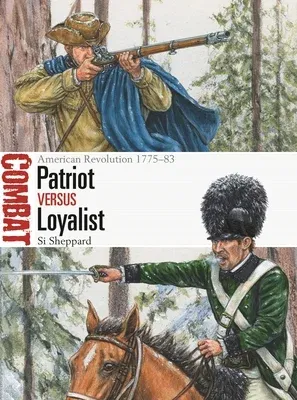Following the American Declaration of Independence, communities from
Boston to Savannah were forced to make a choice: to strike out for an
independent republic, or remain true to the British Crown. This study
explores the origins, methods, and combat record of the combatants on
both sides.
The American Revolutionary War was America's first civil war. As the
conflict raged from Canada to the Caribbean and from India to Gibraltar,
it was in American communities that the war was the most intimate, the
most personal, and -- accordingly -- the most vicious.
In 1775, the inhabitants of British America included those born in North
America and newly arrived immigrants; the established landed aristocracy
and the indigent; the diverse nations of the Native Americans; and
people of African descent, both slave and free. The coming of war forced
every person to make the choice of whether to side with the Patriots or
remain loyal to the British Crown. With so many cross-cutting
imperatives, the individual decisions made splintered communities,
sometimes even households, turning neighbor against neighbor in an
escalating spiral of ostracism, embargo, exile, raid, reprisal, and
counter-reprisal. Accordingly, the war on the frontiers and on the
margins of conflict was as underhanded and ugly as any of the 21st
century's insurgencies. In this study, the origins, fighting methods,
and combat effectiveness of the combatants fighting on both sides are
assessed, notably in three significant clashes of the American
Revolutionary War: the long struggle for Westchester County, New York,
in 1776-83; the battle of Oriskany, August 6, 1777; and the battle of
Kings Mountain, October 7, 1780.

